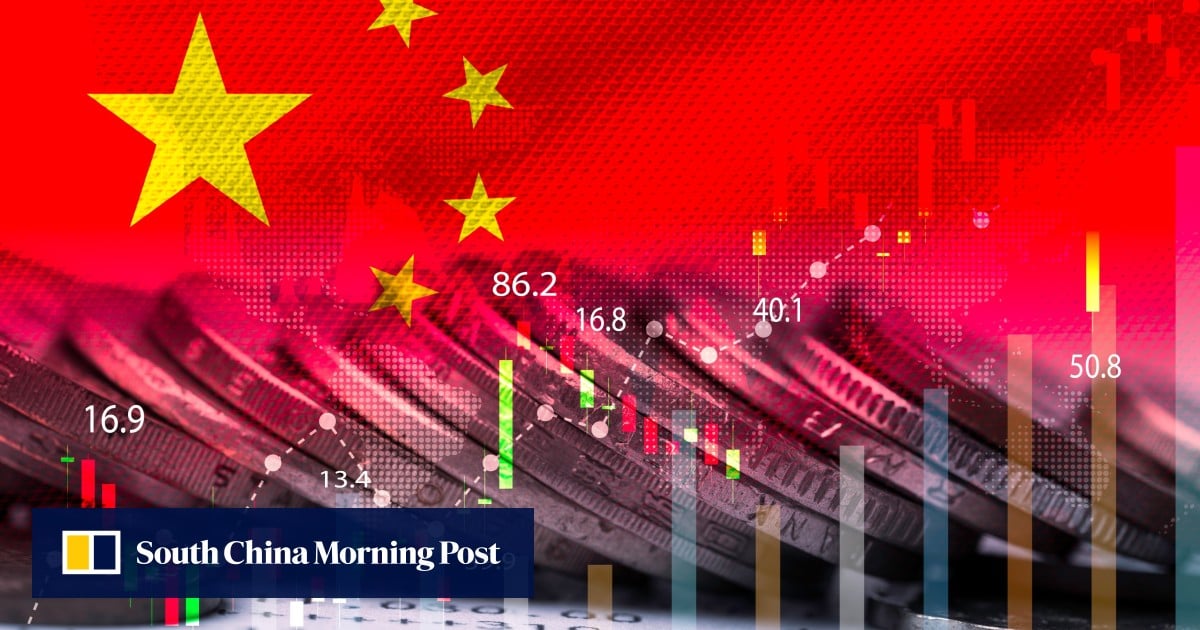
Much of the discontinued data on Wind focused on regional economic figures or industry-specific numbers, which made them less noticeable compared to the youth unemployment rate.
Some of the data might be released elsewhere or be scattered across a range of government websites.
Overseas users also need approval to access certain data, according to Chinese laws and regulations, while users must provide personal information and explain their reason for accessing the data, according to a pop-up of the Wind terminal.
Stuart Orr, head of the business school at the Melbourne Institute of Technology, said Australian companies have noticed the ambiguity.
Instead, he said, they look for “identified [business] opportunities” through partners and local contacts.
But they “can’t do much about” data ambiguity, he said, with national-level data not enough as Australian firms want more regional data to make decisions, Orr added.
You don’t just invest in China, you invest in regions
“You don’t just invest in China, you invest in regions,” he said.
Some American investors judge China instead by on-the-ground observations, said Danny Levinson, former technology head of a China-focused venture capital fund.
And many foreign businesses are developing their own proxy indicators, including high-frequency data and small group surveys, to complement the government data.
The London-based Capital Economics and the New York-based China Beige Book publish China activity indicators, which track the changes in the world’s second-largest economy with high frequency data.
Wall Street investment banks, such as Morgan Stanley and UBS, have their own Chinese consumers surveys and also use field trips to gauge the Chinese economy.
“Until recent years, China was trying to make things as transparent and data rich as possible,” said Chen Zhiwu, chair professor of finance at the University of Hong Kong.
China accelerated data transparency in line with its entry to the World Trade Organization in 2001, before it rose again following the yuan’s inclusion into the International Monetary Fund’s special drawing rights currency basket in 2016.
“In business schools we always look at the risk-return trade-off, so the more ambiguity and the more inaccuracy, you have to add in additional risk premium to justify your engagement,” added Chen.
[China] is more of an information black hole today than at any point since its accession to the World Trade Organization in 2001
Concerns had already risen since September, when a cross-border data transfer regulation began requiring certain companies to submit slews of paperwork to the country’s internet watchdog for review.
The accuracy of Chinese economic data also dominated a two-hour hearing in July by a US House committee formed to discuss China.
Shehzad Qazi, chief operating officer of China Beige Book International, told the hearing that Chinese officials have barred the release of numerous economic data points in the past decade.
“The cumulative result of these decisions and events is that China, and particularly China’s economy, is more of an information black hole today than at any point since its accession to the World Trade Organization in 2001,” he said.
Additional reporting by Frank Tang

